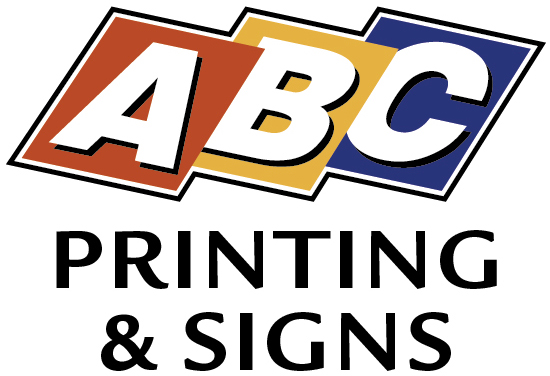PHOTOS
Since photos are used on many printed pieces, it is a good idea to understand the best way to reproduce them. In order for a photo to print, it must be translated into dots. This process is called “halftoning.” If you look closely at any printed photograph in a newspaper or magazine, you will see these dots. Generally the smaller, or finer the dots, the cleaner the photo will be. More about this later under “Halftoning.”
For a simple poster or mailer you may find that your table-top scanner will give you a good enough image.
The final option, and the most preferred for a lot of applications, is to have the photos scanned in using a high-end scanner and then placed electronically into the computerized document. This allows for electronic manipulation of the photo and will facilitate the combining of photos, graphics and text, as well as high-end output directly to film or plates (known as linotronic or “lino”). Again, talk to us about when to use which process and we’ll steer you in the right direction.
SCANNING
Scanning is a necessary evil of working with printed files. Often people don't have a digital copy of something and a hard copy is all that they have. To be able to add the image to a digital layout, you need to scan it. This will create a digital copy. Unfortunately not all scans are created equal. You need to make sure that you have a scanner that can scan at a high enough resolution. Most flat bed scanners can scan over 1200 dpi resolution. This is often higher than is needed.
If you are scanning something that was printed on an off-set printer you run the risk of creating what is called moire. Moire is a undesirable pattern that is created from the halftone dots. This pattern can be easily viewed on the scanned file.

